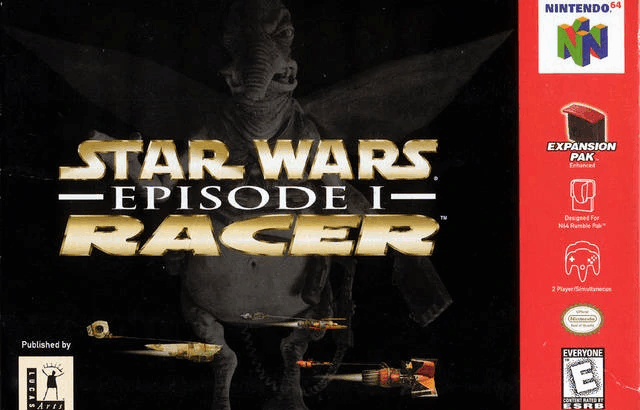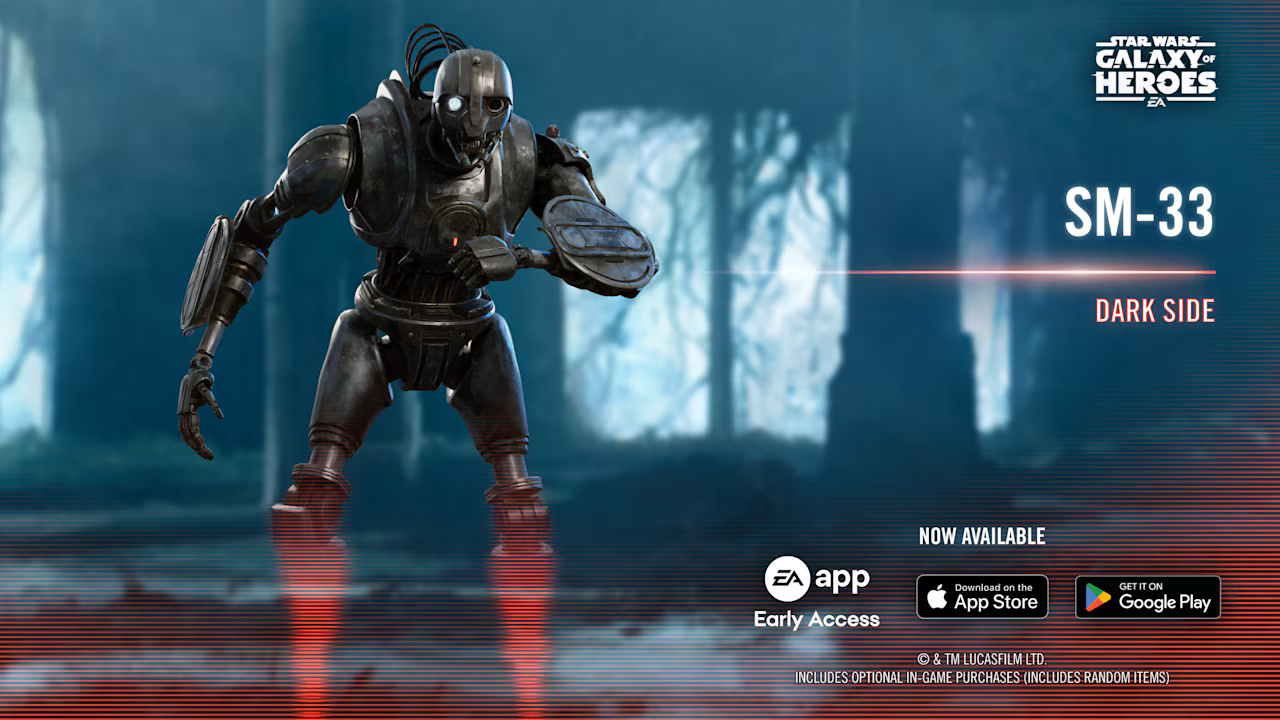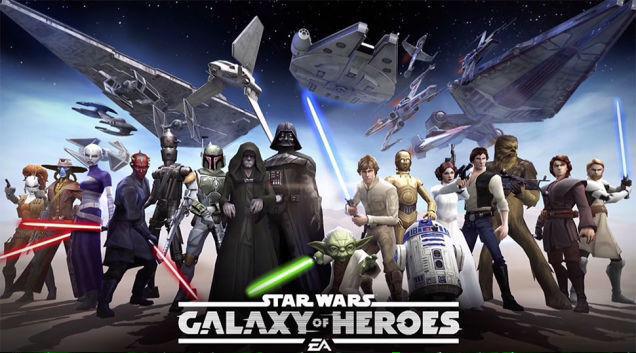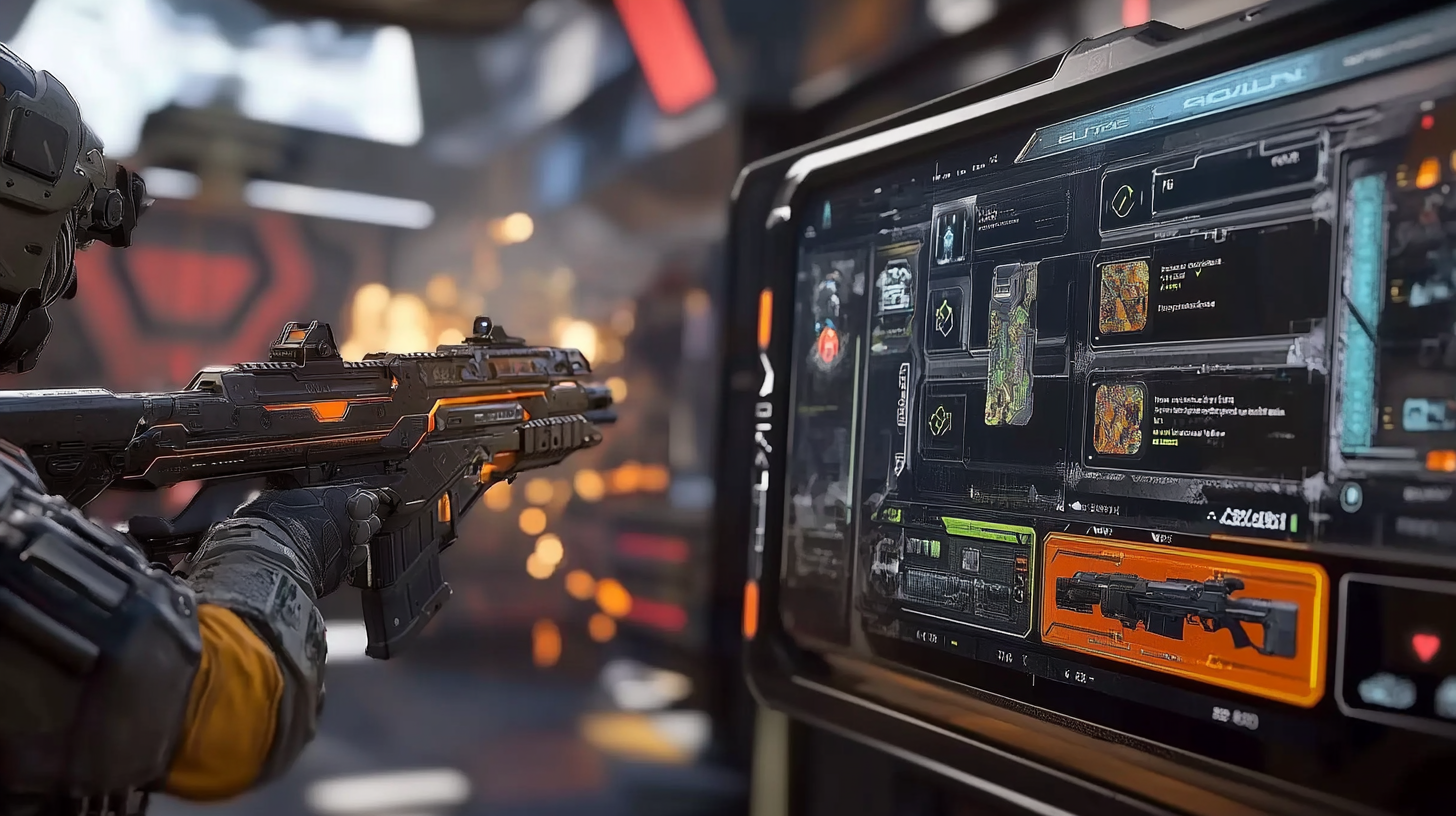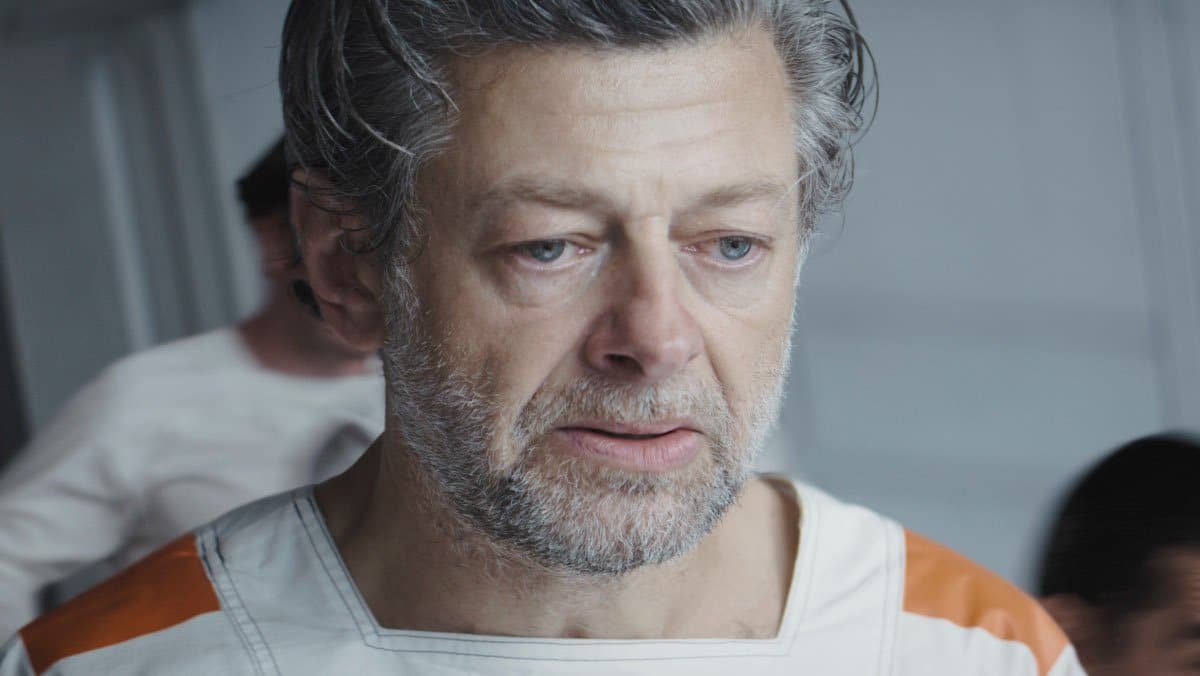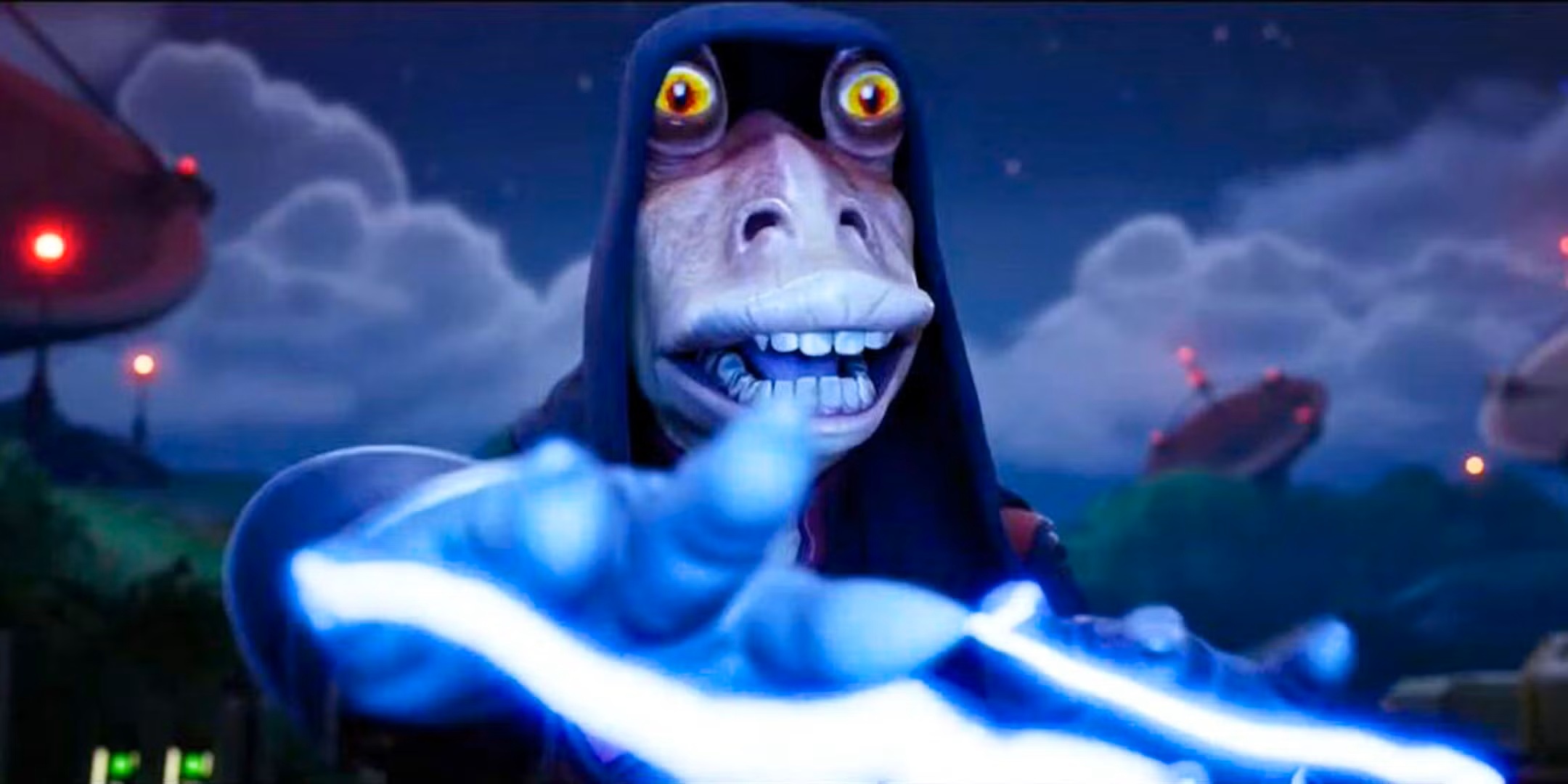Back in 1999, a little thing called Star Wars: Episode I – The Phantom Menace hit theaters. Among the many things it brought to the Star Wars universe—like double-bladed lightsabers and midichlorians—was one particularly thrilling scene: the podrace on Tatooine. If you watched that and thought, I need to do that… minus the risk of fiery explosions, then Star Wars Episode I: Racer was your ticket to speed.
Released on this day in 1999, Star Wars Episode I: Racer threw players right into the pilot seat of Anakin Skywalker’s podracer, letting them blast through the canyons of Tatooine, dodge asteroids on Ando Prime, and squeeze through the narrow tubes of Oovo IV. It was blisteringly fast, occasionally frustrating, and absolutely iconic.
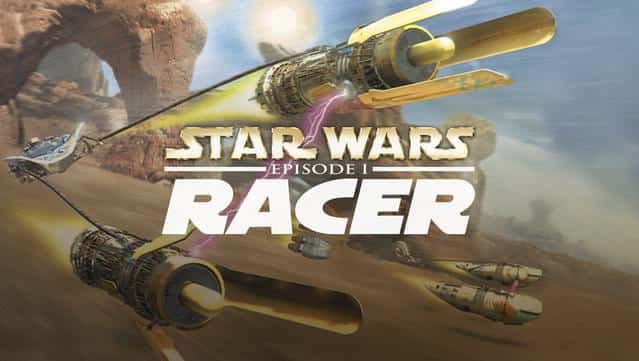
The Fastest Game in the Galaxy
Back in the late ’90s, the idea of racing at 600 miles per hour through desert canyons wasn’t just ambitious—it was practically ludicrous. But LucasArts pulled it off. Star Wars Episode I: Racer became the definitive podracing experience, capturing the breakneck speed and chaotic energy of the film’s most thrilling sequence.
- Developer: LucasArts
- Platforms: Nintendo 64, PC, Sega Dreamcast, Game Boy Color
- Modes: Single-player, Multiplayer
- Race Tracks: 25 tracks spread across 8 unique worlds
The game boasted a roster of 23 playable characters, each with their own podracer stats and unique designs. Sure, Anakin was the obvious choice—because, you know, plot armor—but daredevils often found themselves testing the limits with characters like Sebulba, who, in classic Sebulba fashion, had an in-game ability to straight-up wreck opponents.
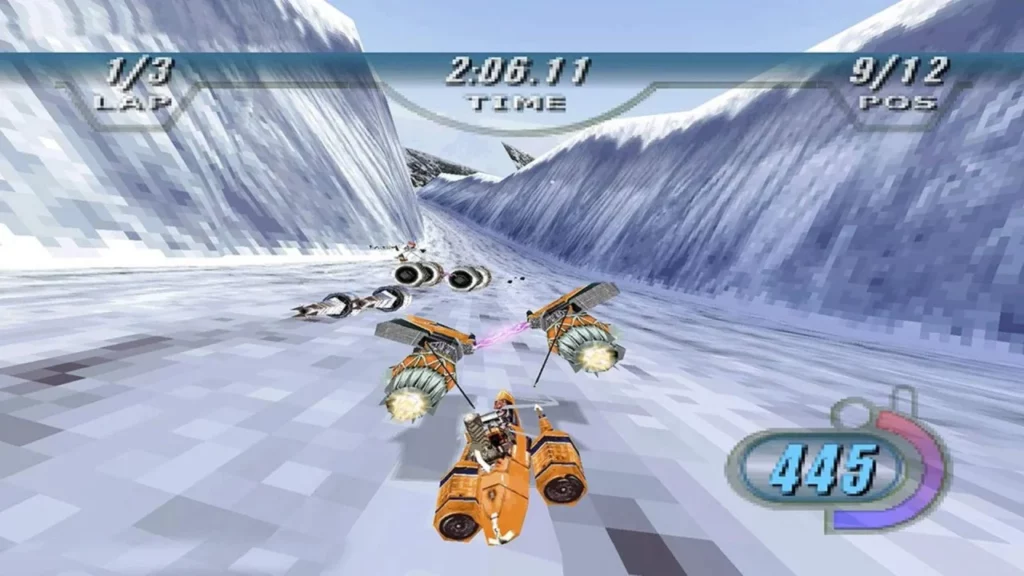
Gameplay: A Podracer’s Life Is Never Easy
Forget leisurely kart racing; this was white-knuckle, scream-at-your-screen speed. Episode I: Racer introduced mechanics that were both simple and maddeningly punishing. You had two giant engines dragging you across landscapes at lightspeed, and it was your job to keep them from turning into galactic scrap metal.
1. Boost or Bust
The game wasn’t shy about its speed. You could activate a boost by charging your engines, but there was always that chance you’d overheat and explode like a Death Star with poor ventilation. The choice was yours: slow and steady or fast and flammable.
2. Repair on the Go
If you did happen to bump, crash, or outright obliterate your engines, Episode I: Racer allowed you to repair mid-race. The catch? You had to hold the repair button and hope nobody flew by you while you were basically duct-taping your engines back together.
3. Track Variety That Kept You Guessing
From the dusty trails of Tatooine to the icy reaches of Ando Prime, each of the 25 tracks brought its own set of hazards. Some had narrow tubes that required precision flying, while others had wild beasts or active asteroids to dodge. Let’s just say, if you made it through an entire race without at least one catastrophic crash, you were basically a Jedi.
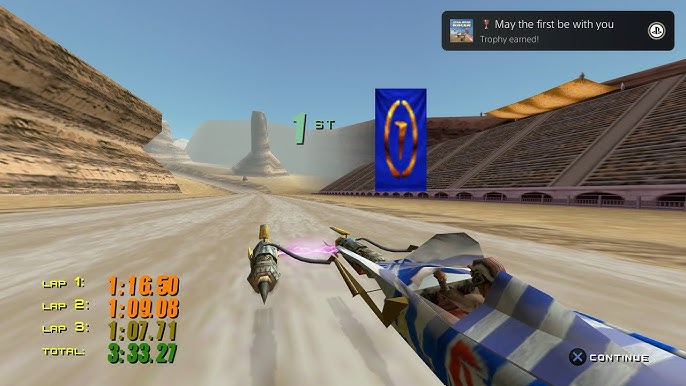
The Graphics and Sound: Nostalgic Perfection or Pixelated Chaos?
For its time, Star Wars Episode I: Racer looked pretty good. Sure, some of the textures might resemble pixelated mud today, but back in 1999, it was stunning. The sense of speed was enhanced by motion blur effects, and the environments—though sometimes jagged—were fully immersive.
Sound Design That Brought the Galaxy to Life
The roar of podracer engines, the clanking of damaged parts, and the iconic soundtrack all contributed to the feeling that you were really zipping through the Outer Rim. Even the announcers in Huttese added to the immersion, reminding you that yes, you were indeed speeding for your life in a galaxy far, far away.
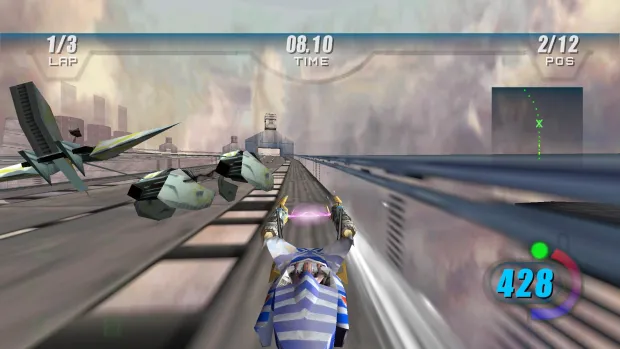
Multiplayer Madness: Screaming at Friends Since 1999
Ah, the good old days of local multiplayer. Episode I: Racer allowed you to split the screen and ruin friendships in real-time. There was something genuinely hilarious about blasting past your best friend just to hear them scream as their podracer slammed into a rock face at 500 miles per hour.
Nintendo 64 players will remember those four-player splits where the framerate dropped harder than Anakin’s podracer after a Sebulba sideswipe. But did we care? Absolutely not. It was glorious chaos, and every second of it was pure, unadulterated joy.
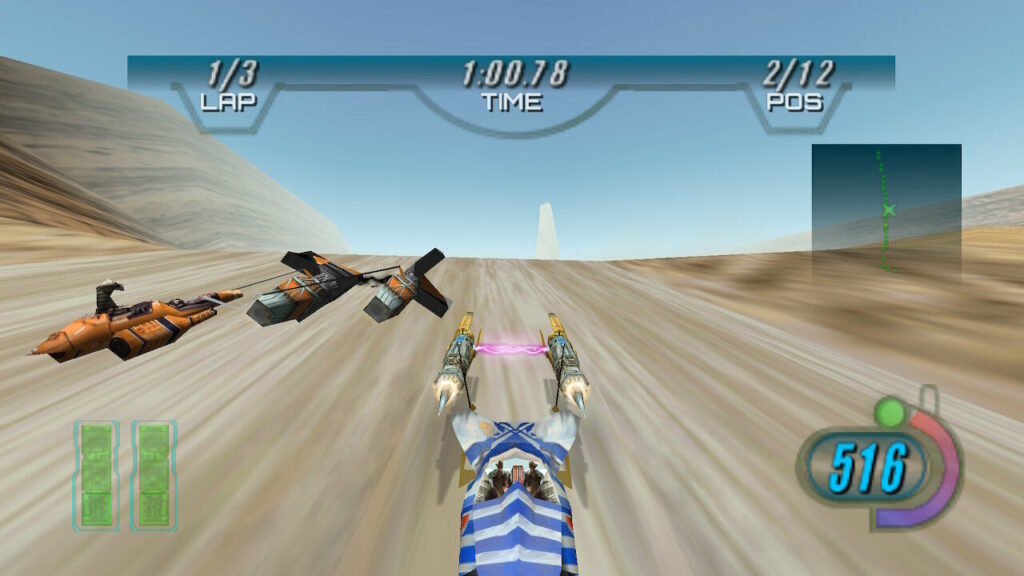
Legacy and the HD Remaster
If you thought podracing had been left in 1999, think again. In 2020, Star Wars Episode I: Racer got an HD remaster for the PlayStation 4, Xbox One, and Nintendo Switch. The game kept its original gameplay intact while upgrading the visuals for modern screens.
And the best part? It’s still as fast and unforgiving as ever. The remaster brought back the sensation of hurtling through the canyons of Tatooine, only now with a little less pixelation and a lot more nostalgia.
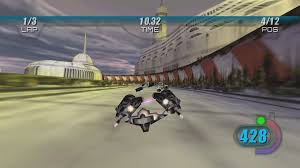
Fun Facts About Star Wars Episode I: Racer
- Episode I: Racer holds the Guinness World Record for the best-selling sci-fi racing game, with over 3 million copies sold.
- The game featured unlockable characters and podracers, which meant hours of racing to snag the galaxy’s most dangerous drivers.
- Sebulba’s ability to use his podracer’s side vents to ram opponents was so infuriating that it basically redefined what it meant to be a galactic menace.
- The game’s AI was merciless. If you crashed once, good luck catching up. It was almost as if the game itself was betting on Sebulba.
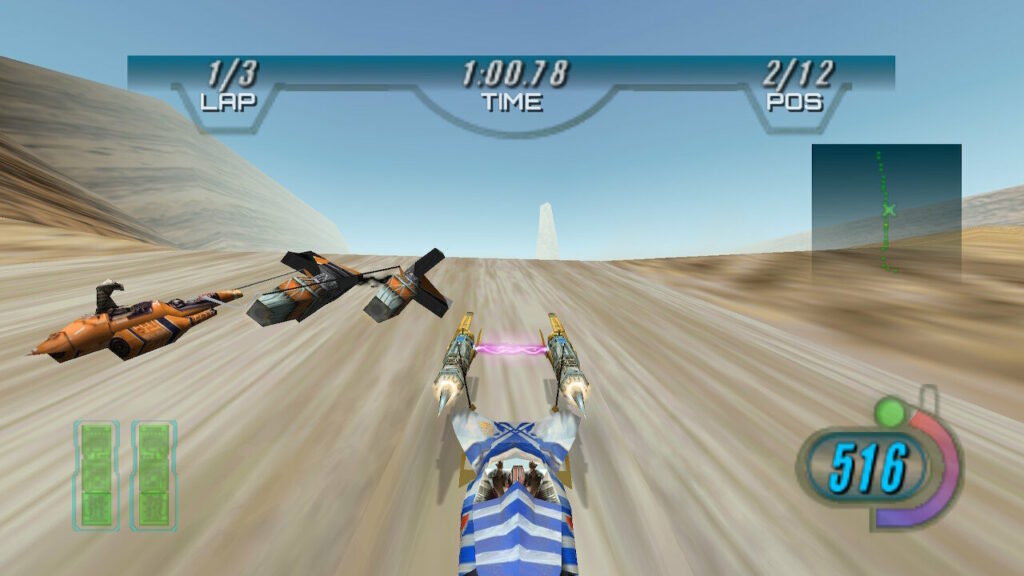
Conclusion: Why Star Wars Episode I: Racer Still Matters
Star Wars Episode I: Racer wasn’t just another movie tie-in; it was a full-fledged, high-octane experience that put you directly in the podracer seat. With its unique blend of speed, strategy, and nostalgia-inducing chaos, it’s no wonder it remains a beloved title even after two decades.
Whether you played it back in 1999 on the Nintendo 64 or rediscovered it with the HD remaster, Episode I: Racer captured the thrill of podracing better than any game before—or since. It’s fast, it’s frantic, and yes, it’s still absolutely worth playing.
So here’s to Star Wars Episode I: Racer—still blasting through canyons, still sparking arguments in multiplayer, and still proving that you don’t need the Force… you just need speed.


